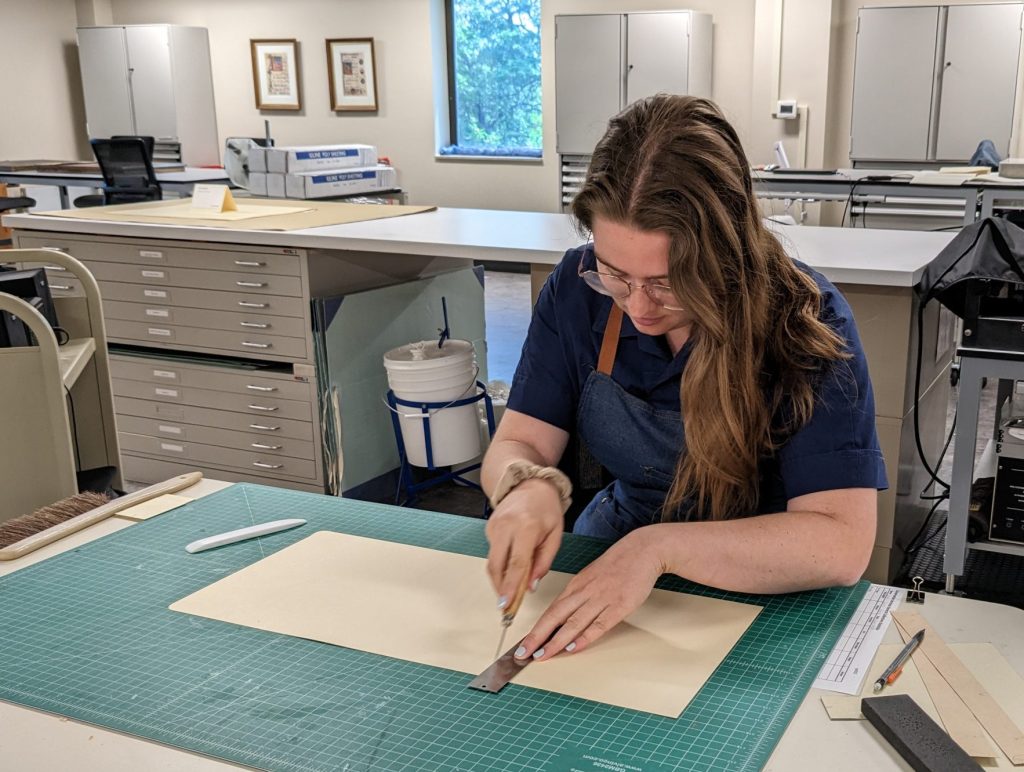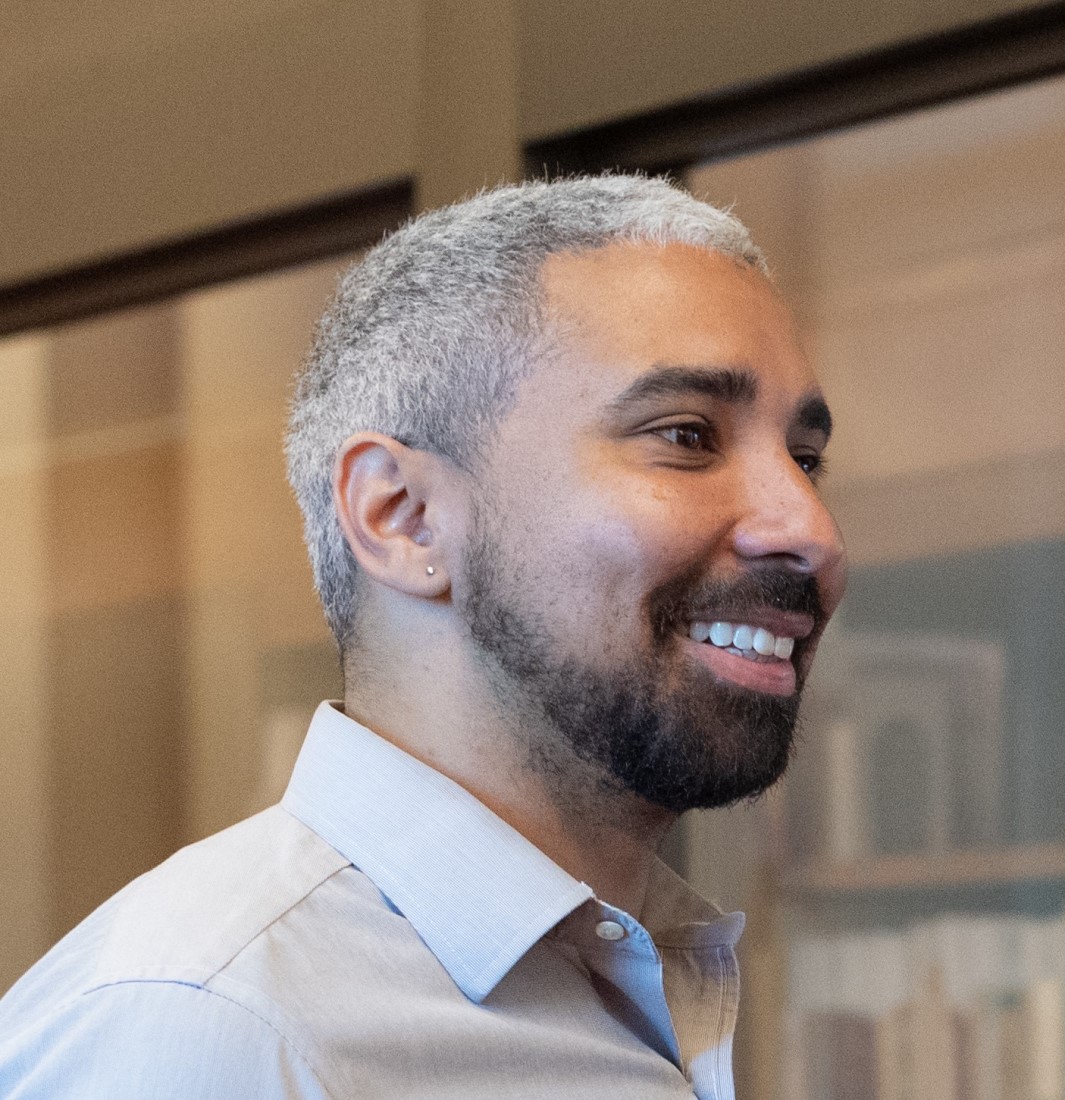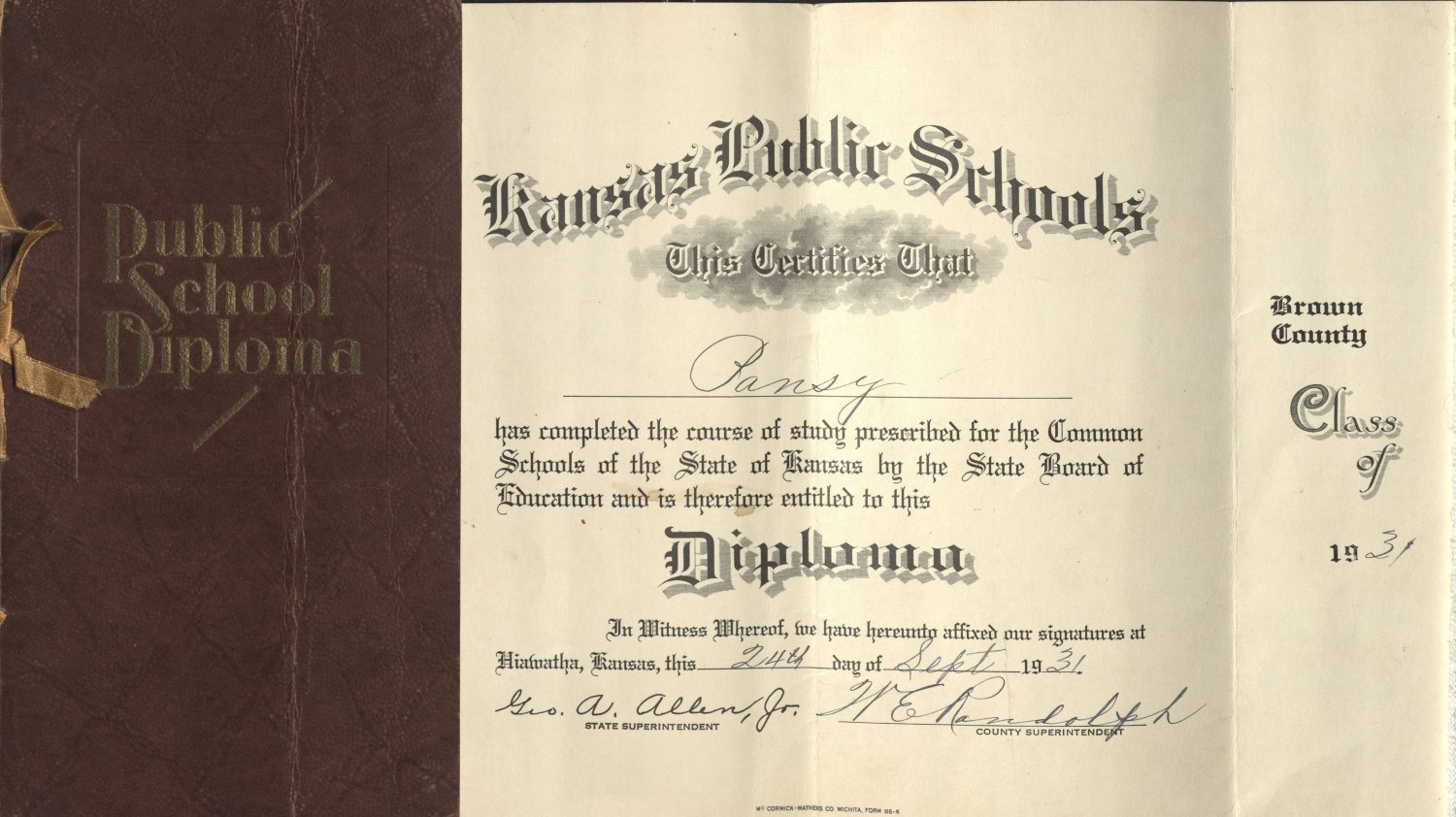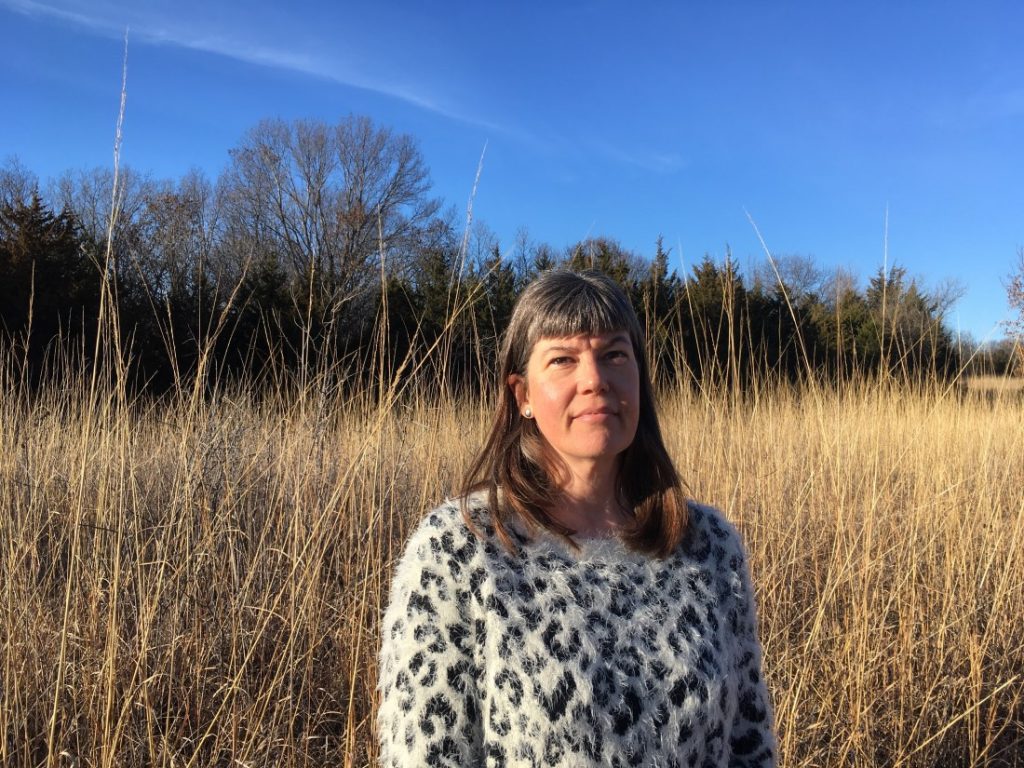New Finding Aids, January-June 2023
July 3rd, 2023Have you figured out how call numbers at the Spencer Research Library work yet?
Here are a couple of clues for manuscript collections; see if you can apply them when you review this listing of the front half of 2023’s new finding aids!
- PP = Personal Papers, which are typically collected by the University Archives
- RH = Regional History (the Kansas Collection’s name has gone back and forth over the years)
- MS = manuscript (can be found in call numbers for textual materials in both the Kansas Collection and Special Collections)
- PH = photograph (you will only see this call number designation in the Kansas Collection)
- WL = Wilcox (historically, the Wilcox Collection has been associated with the Kansas Collection, so you’ll typically see “RH WL” together)
It’s a bit like a mathematical formula, if you combine parts of these call numbers. For example, “RH WL MS” means it’s a Wilcox manuscript collection.
Spencer Research Library also typically houses material by size, most often by height for volume call numbers. “A” volumes will be some of the smallest (typically measuring between ten and 15 cm tall), while “H” volumes are frequently stored flat because they are so large (usually over 45 cm tall).
Spencer also uses letters to designate other sizes of materials. A “P” in a call number means that it’s so thin and/or such a small amount of material it’s stored in a single folder or small number of folders, not enough to fill a box or stand upright on a shelf by itself.
So, for another call number formula example: “MS P” means it’s a Special Collections manuscript collection in a single or small number of folders.
Armed with this information, do you think you can figure out which collections belong to which collecting areas and what kind of housing they might have from our listing of newly processed collections?
Oak Ridge Birthday Club collection, 1923-2006 (RH MS 1577)
Winfield Lodge No. 101 of the Independent Order of Odd Fellows record book, June 11, 1891-March 31, 1898 (RH MS G89)
“The Kansas Primer,” 1889 (RH MS B79)
George W. Johnson letter, May 3, 1891; postmarked May 24, 1891 (RH MS P999)
Henry Schilb land grant, February 1, 1848 (RH MS Q499)
Kansas glass plate negatives, approximately 1890-1932 (RH PH 568)
Mike Rundle papers, 1981-2010 (RH MS 1571, RH MS Q496, RH MS R512, RH MS R514, RH MS S79, KC AV 127)
Pinckney School scrapbooks, 1947-2014 (bulk 1990-2014) (RH MS Q500)

Elizabeth Szabronski-Carrie A. Hall quilt block research, approximately 1920s-1974 (RH MS 1578)
Personal papers of Mary K. Zimmerman, October 1976-April 2021 (PP 641)
Larry K. Laird papers, 1935-2006 (bulk 1980s-2000s) (RH MS 1579, RH MS Q502, RH MS R517)
Judge Earl E. O’Connor papers, 1941-1998 (RH MS 1581, RH MS Q504, RH MS R519, KC AV 128)
Penny L. Clark papers, 1971-2022 (RH MS 1553, RH MS Q487, KC AV 116)
Personal papers of Don and Del Fambrough, July 4, 1933-September 4, 2011 (PP 644)
Personal papers of Charles Himmelberg, 1895-2005 (bulk 1965-2005) (PP 643)
Personal papers of Harry Nicholas Rice, January 22, 1970-March 4, 2009 (bulk July 1970) (PP 647)
Green Thumb Garden Club records, 1961-2009 (RH MS 1585, RH MS Q506, RH MS R523)
Spencer Chemical Company photographs, 1940s-1950s; 2012 (RH PH 570)
S.D. Jeffers letter, approximately 1860s (RH MS P1000)
William L. Scheirman papers, approximately 1880s-1930s; 1991 (RH MS P1001)
Rolling Prairie Grange No. 1628 photographs, approximately 1916-1919; 2020 (RH PH P2948)
Arthur Moore collection, 1503-1857 not inclusive (bulk 1680s-1730s) (MS 143, MS Q32, MS Q96, MS C245, MS Qa39, MS R30)
Manuscript fragments removed from book bindings, approximately 12th-16th, 19th centuries (MS 20, MS Q103)
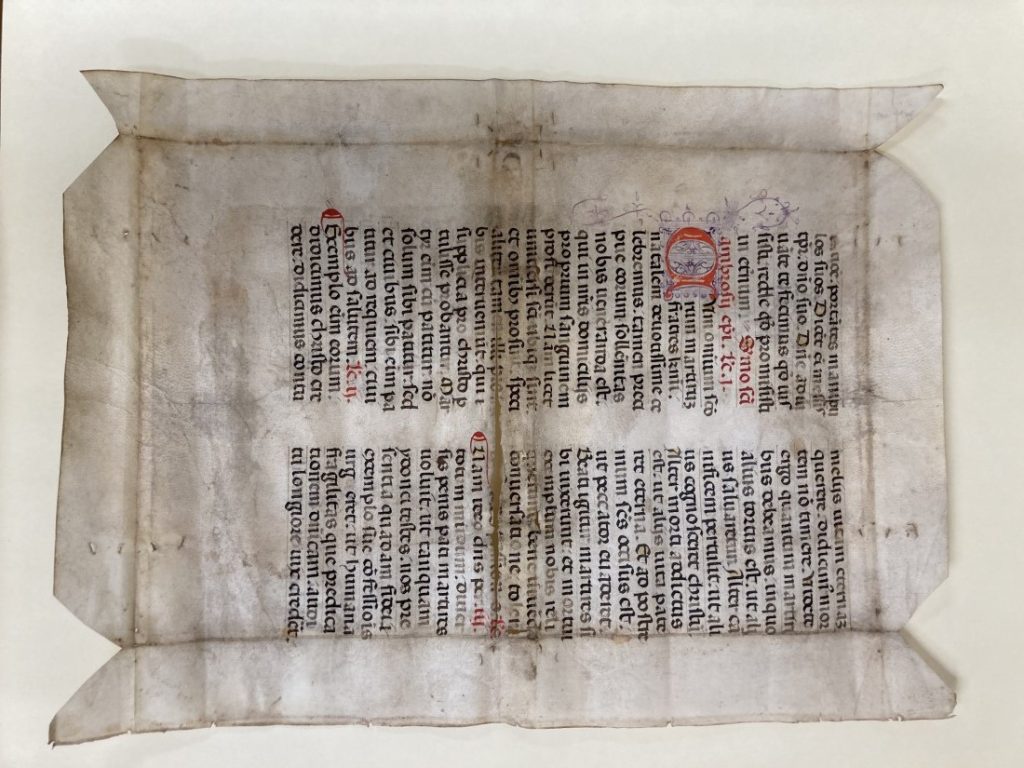
Personal papers of Stuart Levine, 1932-2016 (bulk 1958-1986) (PP 646)
Personal papers of Mary Evelyn Nichols Lee, 1949-July 29, 1967 (PP 645)
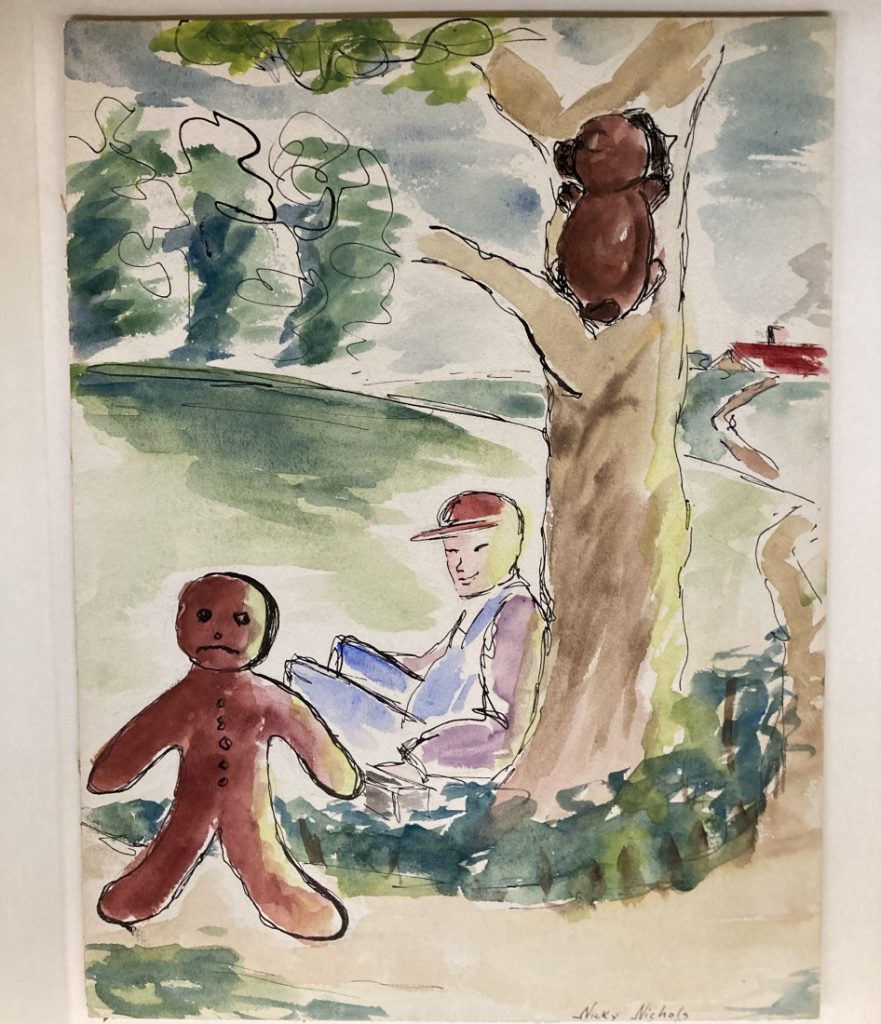
Eustace Mullins, 1962-1990 (RH WL MS P2)
Robinson-Cofield Commission Company letter, May 9, 1911 (RH MS P1002)
Kansas historical clippings, 1946-1950 (RH MS Q507)
Historical Geography of Lawrence Area tour records, fall 1998 (RH MS P1003)
Charles A. Smith glass plate negatives, approximately 1888-1904 (RH PH 569)
Evan Wright family, 1875-2003, 2022 (bulk 1940-1999) (RH MS 1587, RH MS Q508, RH MS R524, RH MS S82)
Melvin and Maxine Patterson family, March 21, 1952-January 31, 2016 (bulk 1985-2008) (RH MS 1588, RH MS R526, RH MS S82)
Ernst Moritz Arndt collection, 1843-1913; 1948-1961; 2002-2005 (MS 378, MS Q102)
Leslie Carson Wolfe collection, 1937-2023 (RH MS 1590, RH MS R527)
Kansas postcards collection, 1903-2001 not inclusive, mostly undated (RH PH 571)
Judge Julie A. Robinson papers, 1992-2014 (RH MS 1557)
“The Migrations of John B. Kelso,” September 1853-October 1877 (transcribed 2003) (RH MS P1004)
Leslie W. Nesmith scrapbook, 1957-1999 (RH MS 1589)
Kay Jay Laessig photographs, 1941-1945 (RH PH P2849)
A.C. Edwards’ Irish literary correspondence, 1928-1936, 1959-1972 (MS 379, MS Qa48)
Tom Clarke biographies by Seán McGarry, approximately 1943 and 1950 (MS P764)
James A. Healy collection of Irish-related printed materials, approximately 1895-1960s (bulk 1960s) 9MS 380, MS Qa49, MS R31)
George Watters papers, 1922-1924 (MS P765, MS A64)
Personal papers of William (Bill) Mitchell, 1919-2013 (PP 649)
Personal papers of Sandy Mason, 1931-2007 (PP 640)
Marcella Huggard
Manuscripts Processing Coordinator


